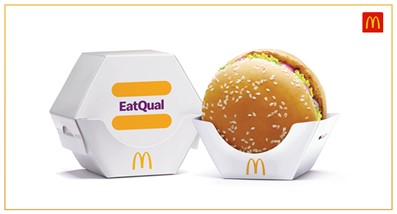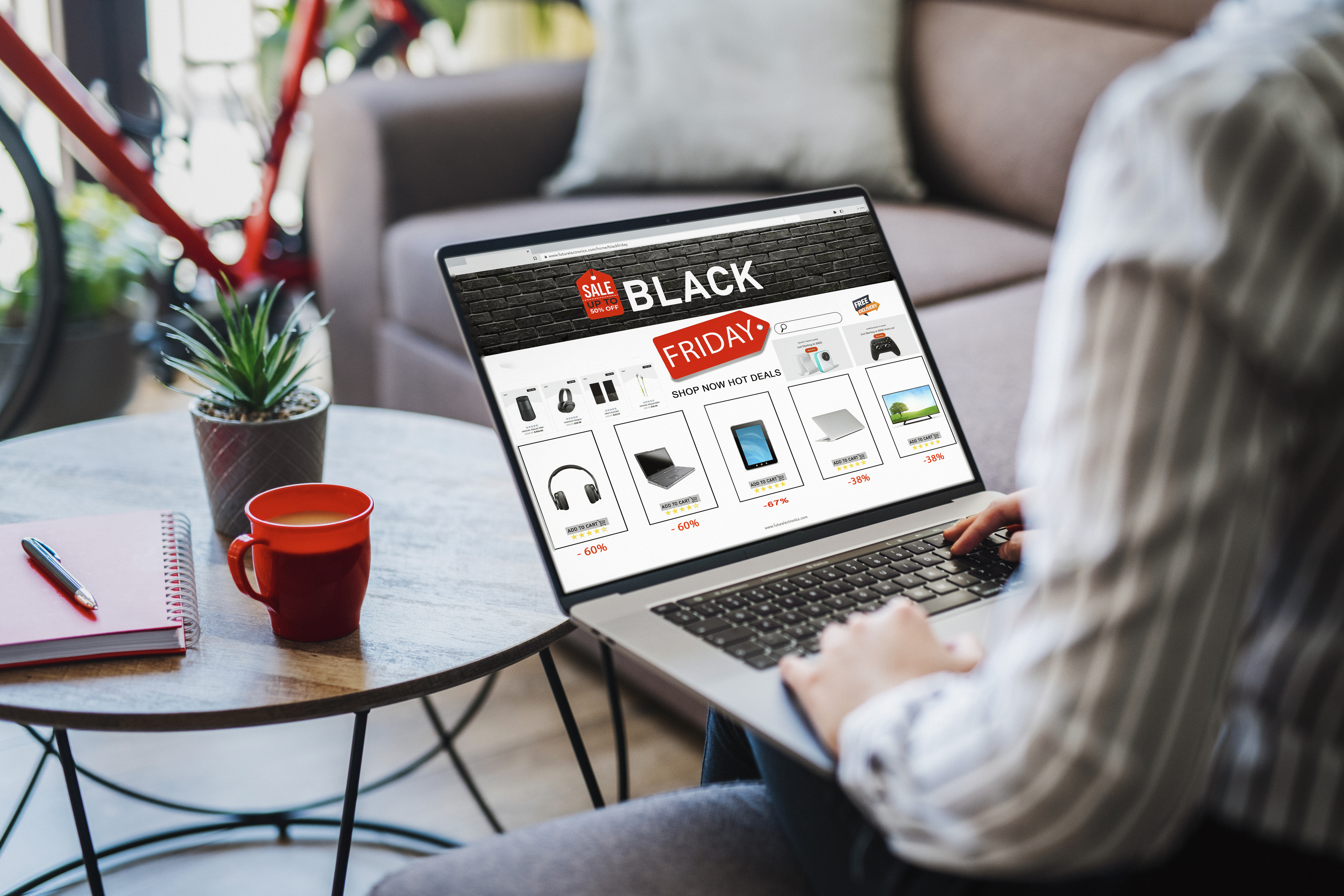P&G Throws Down The Digital Ad Spend Gauntlet
06 Sep 2017

What happens when one of the world’s biggest FMCG conglomerates pulls $100 Million out of its digital marketing budget?
Not much, apparently.
This according to P&G Finance Chief John Moeller, who said as much during Procter & Gamble’s Q2 earnings call last month.
In the earnings call, Moeller reported that after implementing more than $100 million in P&G’s digital ad spend cuts, the company “didn’t see a reduction in growth rate”, and went on to posit that this reflected that the spend which had been cut was “largely ineffective” in the first place.
The data revealed is quite interesting, considering that P&G’s online organic sales increased 30% during the period, significantly outpacing the brand’s offline sales growth. This in spite of a (presumably) drastically reduced online advertising presence after the cuts.
P&G puts its digital ad spend money where its mouth is
In fact, online sales have accounted for more than 5% of P&G’s total business so far in 2017, which ostensibly calls into question the very value of online advertising (or at least some of it).
This isn’t the first time that P&G has made a point of stirring the digital ad spend pot. Way back in March, we reported on comments from the brand’s Chief Brand Officer Mark Pritchard, who publicly derided the digital advertising industry’s “complicated, non-transparent, inefficient and fraudulent media supply chain”.
At the time, many (including us at Adimo) expressed relief that someone with clout was finally taking the digital ad industry to task, but wondered if Pritchard’s comments would amount to much more than public sabre-rattling.
P&G has put its digital ad money where its mouth is, however, and it appears that the numbers (so far) have backed the FMCG giant’s bold claims.
What does this mean for the online advertising industry?
As the world’s reigning advertising spend heavyweight champion, P&G’s ad spend cutting experiment could have far reaching effects, and the chances that other brands will follow suit are high.
But are things really so clear cut?
Maybe not.
And here’s a few reasons why:
1) The cuts P&G made were extremely specific in scope
When identifying digital ad spend areas to slash, P&G had (rightly) a very clear scope for which digital ads would be targeted. Specifically, P&G focused their cuts on ad space on sites prone to fake “bot” traffic, as well as those sites featuring “objectionable” content. When framed in this way, such cuts make perfect sense for most brands. It is worth bearing in mind, however, that cuts in these areas are not reflective of digital marketing as a whole.
2) The impact of traditional digital ad efficacy can be tricky to measure
The issue of accountability in digital advertising is far from new. Opaque measuring and viewability practices for digital ads have been openly derided by major brands for years, with P&G being only the latest (and biggest) to take up the torch. While P&G’s cuts are indeed part of a larger measurement conflict between brands and agencies, options for brands to track digital ad performance more effectively are easily available for those who know where to look.
3) One quarter’s results do not a trend make
While P&G claims that its digital ad spend cuts have not impacted growth, it is worth noting that the data they are currently working with is extremely limited. The impact of P&G’s cuts may not have been felt yet, but that doesn’t necessarily mean that it won’t be.
4) Media accountability varies widely
We are currently living in the “Wild West” period of digital advertising media accountability. Opaque (and sometimes dishonest) measurement practices, difficult to access performance data, and silly “viewability” standards are the order of the day. While it can indeed be tricky to evaluate the effectiveness of a digital ad placement, third party applications like Adimo can help any brand cut through the noise and identify what works.
The truth is, Procter and Gamble’s endeavour to call the digital advertising industry to account for itself is a good thing for the digital marketing industry as a whole.
When the world’s biggest advertiser steps up like P&G has, things change.
Exactly what form this change will take remains to be seen, but it has been a long time coming, and it is to be hoped that when the dust settles, consumer experience, brand results, and industry accountability will help the digital advertising industry achieve the potential that we all know it has at last.





Please login to comment.
Comments